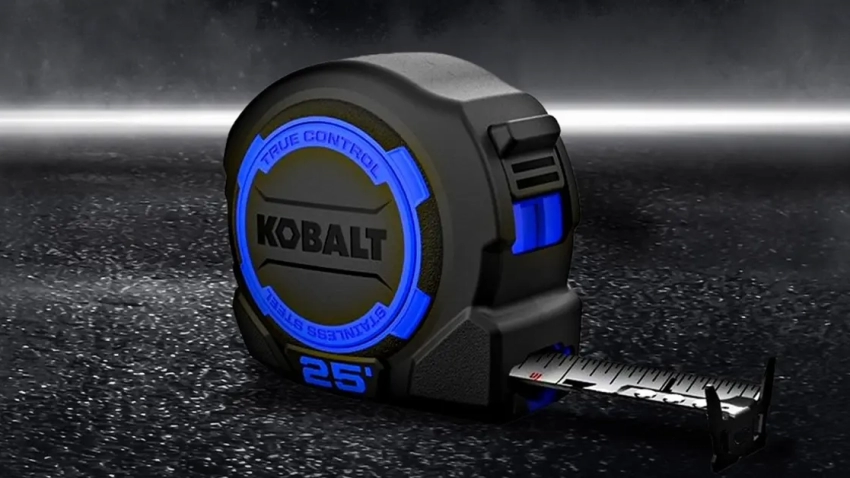
Kobalt Tools: A Look into the Brand’s Manufacturing
For DIY enthusiasts and professional contractors alike, Kobalt tools have become a familiar sight on the shelves of Lowe’s home improvement stores. But who exactly makes these tools? The answer, like many things in the globalized manufacturing landscape, isn’t as straightforward as it might seem. This article delves into the world of Kobalt tool production, exploring the companies behind the brand and the factors that influence where these tools are made.
Lowe’s In-House Brand: A Competitive Edge
Kobalt is the brainchild of Lowe’s Companies, Inc., the second-largest home improvement retailer in the United States. Launched in 1998, the brand was a strategic move by Lowe’s to compete directly with its rival, The Home Depot, and its established Craftsman tool line. By offering a competitively priced in-house brand, Lowe’s aimed to capture a loyal customer base seeking quality tools at a good value.

A Shifting Landscape of Manufacturers
Over the years, the companies responsible for manufacturing Kobalt tools have changed. Initially, Lowe’s partnered with J.H. Williams, a renowned American tool manufacturer, to produce the brand’s initial offerings. However, in 2003, the reins were handed over to the Danaher Corporation, a diversified industrial conglomerate. Danaher became the primary manufacturer of Kobalt hand tools for several years.
The Rise of Chervon: A Global Powerhouse
Today, the story takes an international turn. The majority of Kobalt power tools are manufactured by Chervon, a Chinese company that has become a major player in the global tool industry. Chervon is known for producing tools for other popular brands like EGO, Skil, and Flex. This shift towards Chervon reflects a broader trend in manufacturing, where companies often seek out cost-effective production facilities overseas.

A Legacy of Quality: Past Collaborations
While Chervon is the current primary manufacturer of Kobalt power tools, it’s worth mentioning some past collaborations. There have been rumors that Kobalt once sourced some of its hand tools from JS Products, a Nevada-based company known for producing tools for STEELMAN and DeWalt. Additionally, some sources suggest a past partnership with Great Neck, a reputable American tool manufacturer, for screwdrivers and other hand tools. However, the exact details and timelines of these collaborations remain somewhat unclear.
A Glimpse into Geographic Distribution
So, where exactly are Kobalt tools made? Due to the brand’s reliance on multiple manufacturers, the answer depends on the specific tool category. Here’s a breakdown:
- Power Tools: The majority of Kobalt power tools are manufactured in China by Chervon.
- Hand Tools: Manufacturing locations for Kobalt hand tools can vary. Some may be produced in China or Vietnam, while others might still be sourced from companies like Apex, a U.S.-based tool manufacturer.
- Outdoor Power Equipment: Previously, Lowe’s partnered with Globe Tools Group, a Chinese company known for its Greenworks outdoor tool brand, to produce Kobalt lawnmowers and chainsaws. However, it’s unclear if this partnership continues today.
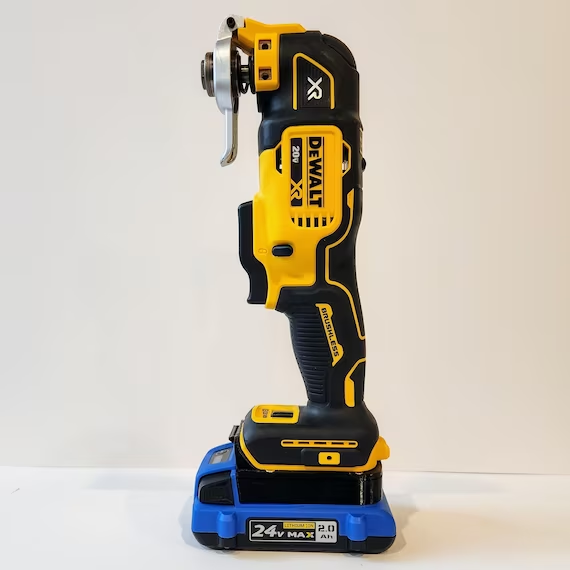
Beyond the Label: Quality and Value
While the origin of a tool can be a consideration for some buyers, the true measure of a Kobalt tool lies in its performance and value proposition. Kobalt tools are generally positioned as a mid-range option, offering a balance between affordability and functionality for DIYers and occasional users. They come with Lowe’s warranty, providing a level of assurance for customers.
The Future of Kobalt: Innovation and Customer Focus
Looking ahead, Lowe’s is likely to continue its focus on maintaining a competitive Kobalt brand. This might involve strategic partnerships with new manufacturers or continued collaborations with existing ones. The emphasis will likely remain on delivering innovative tools that cater to the evolving needs of home improvement enthusiasts.

Customers and Reviews
The discussion of who makes Kobalt tools is only one piece of the puzzle. Just as important is how these tools perform in the hands of real customers. Let’s delve into the world of Kobalt customer experiences and reviews.
A Range of User Opinions
Customer reviews of Kobalt tools paint a mixed picture. Here’s a breakdown of some common themes:
- Value for Money: Many customers appreciate Kobalt’s affordability, particularly for DIY projects and occasional use. The brand offers a good balance between price and functionality for those who don’t require heavy-duty, professional-grade tools.
- Performance: Reviews on performance vary depending on the specific tool. Some users find Kobalt tools reliable and effective for everyday tasks. Others express frustration with limitations in power or durability, particularly for power tools.
- Warranty: Lowe’s warranty on Kobalt tools is a frequently cited positive aspect. Customers appreciate the sense of security and the potential for hassle-free replacements if issues arise.
- Battery Life (Power Tools): Battery life is a point of contention for some Kobalt power tool users. While some find it adequate, others mention shorter run times or fast-draining batteries, impacting workflow.
Finding the Right Fit: Matching Needs with Reviews
Understanding these customer perspectives is crucial for potential buyers. Here are some tips:
- Identify Your Needs: Are you a weekend DIYer or a professional contractor? Matching your needs with the capabilities of the tool is essential.
- Read Reviews: Online reviews offer valuable insights from real users. Look for reviews on specific Kobalt tools you’re considering.
- Consider the Warranty: The Lowe’s warranty provides peace of mind, especially for those unsure about long-term tool performance.
Beyond Reviews: Building Brand Trust
While reviews offer valuable feedback, Kobalt’s success ultimately hinges on building trust with its customers. Here are some areas where the brand can excel:
- Transparency: Providing clear information about tool specifications, materials, and manufacturing processes can build trust.
- Customer Service: A responsive and helpful customer service department can address concerns and foster brand loyalty.
- Continuous Improvement: Taking user feedback seriously and implementing improvements based on real-world experiences demonstrates a commitment to quality.
By focusing on customer needs, actively engaging with reviews, and striving for continuous improvement, Kobalt can solidify its position as a trusted brand in the ever-evolving home improvement market.
Future Plans and Expansion
The information about Kobalt’s future plans and expansion is a bit limited publicly. However, based on the trends in the article, we can speculate on some possibilities.
Here are some educated guesses about Kobalt’s future plans and expansion:
- Continued Focus on Innovation: The article highlights Lowe’s potential focus on delivering innovative tools. This could involve collaboration with manufacturers to develop new technologies and features for Kobalt products.
- Expanding Product Lines: Lowe’s might decide to expand the Kobalt product line beyond its current offerings. This could include venturing into new tool categories or introducing smart home integration features.
- Strengthening Online Presence: With the growing e-commerce market, Lowe’s might invest in strengthening Kobalt’s online presence. This could involve improving the online shopping experience for Kobalt tools and spare parts.
- Tailoring to Specific User Groups: The article mentions Kobalt catering to DIYers and occasional users. Lowe’s could explore further segmentation, developing Kobalt sub-brands or tool lines targeted towards specific user groups like professional contractors or hobbyists.
- Nurturing Brand Loyalty: Building a strong and loyal customer base is crucial for long-term success. Lowe’s could implement targeted marketing campaigns or loyalty programs to attract and retain Kobalt users.
It’s important to remember that these are just possibilities, and Lowe’s actual plans for Kobalt might be entirely different. However, by understanding the current landscape and past trends, we can get a sense of the potential directions Kobalt might take in the future.

Conclusion: A Brand Built on Collaboration
In conclusion, the story of who makes Kobalt tools is one of collaboration and adaptation. From its initial partnership with J.H. Williams to its current reliance on Chervon and other manufacturers, the brand has navigated a dynamic manufacturing landscape. While the exact location of production might vary, Kobalt strives to deliver a consistent level of quality and value to its customers. As the home improvement industry continues to evolve, Kobalt’s future success will depend on its ability to innovate and meet the ever-changing needs of its audience.




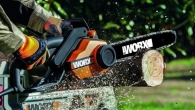
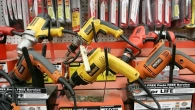





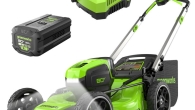
Leave a Reply